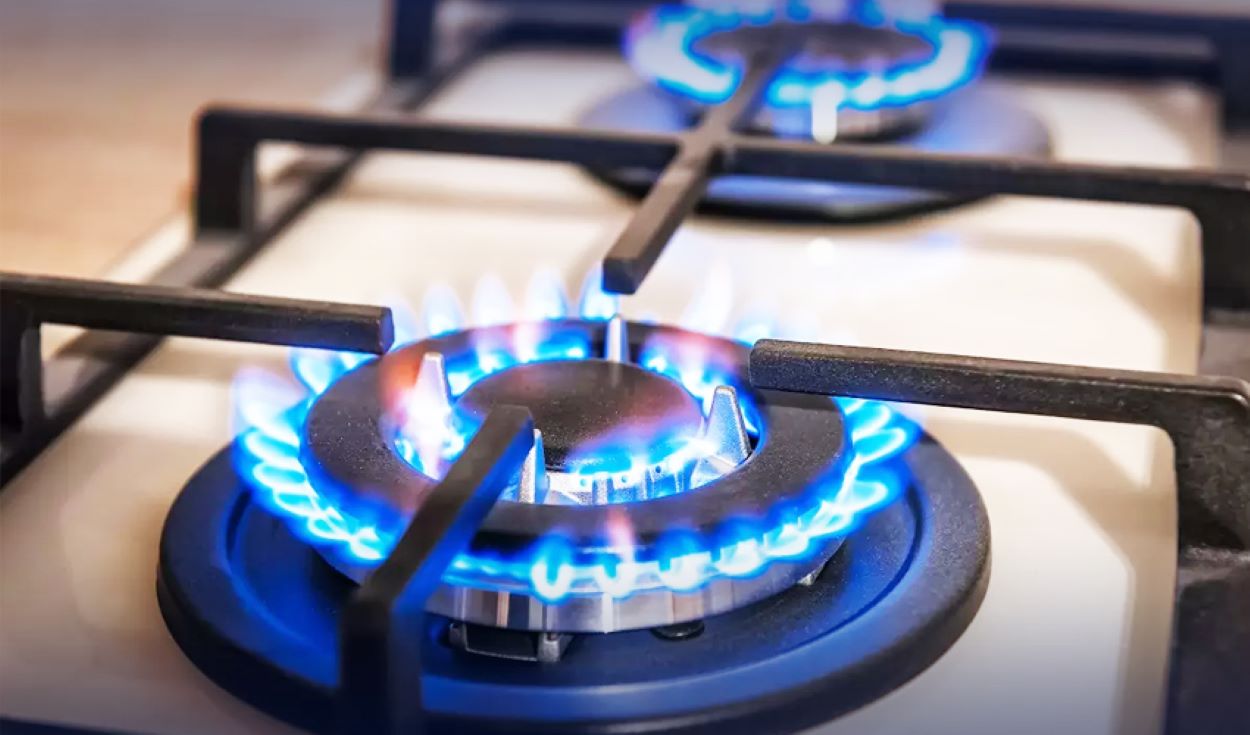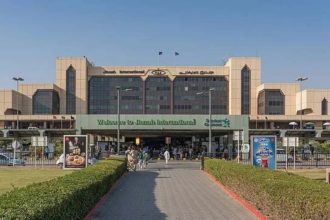Pakistan’s gas transmission and distribution system is at risk due to increasing line pack pressure, which surged to a dangerous level of 5.13 billion cubic feet (bcf) after May 5.
Between May 5 and May 25, the pressure in the gas transmission system remained manageable at 4.570-4.97 bcf. However, a senior official stated it has soared to critical levels due to the power sector’s reduced use of Re-Gasified Liquefied Natural Gas (RLNG).
“Now, the gas system is under duress again on May 25-26 mainly because of the reduction in RLNG use by the power sector,” the official said. The pipeline could burst anytime as the gas transmission system becomes more vulnerable if the gas pressure surges past the 5 bcf mark.
The official’s remarks come as line pack pressure stood at 5.13 bcf on Sunday, slightly down from 5.17 bcf on Saturday. Local Exploration and Production (E&P) companies have reduced gas flows by 176 mmcf, from 783 to 605 mmcf, endangering gas field operations.
The power sector has slashed its RLNG use to 475 mmcf for electricity generation, increasing the line pack pressure to 1.530 bcf and stressing the gas transmission system.
Meanwhile, gas consumption in the fertilizer industry stands at 52 mmcf, up from 40 mmcf on Saturday. Fatima Fertilizer’s low RLNG consumption (24 mmcf) is due to the startup of their plant on May 24 after completing their Annual Turn Around (ATA).
Additionally, Engro Fertilizer suspended system gas consumption on April 22 due to its Annual Turnaround, which lasted about 54 days.
With the current RLNG consumption rate at 32 mmcfd, data indicates extreme high-pressure conditions throughout the transmission network due to reduced RLNG offtake by the power sector.
Commenting on steps taken to address the situation, the official said authorities have started reducing gas flows from local gas fields into the Sui Northern Gas Pipelines Limited (SNGPL) system to lower the line pack pressure.
However, the official noted that reducing gas flow from local fields poses significant risks to maintaining current local gas production levels.
Exploration and production companies have repeatedly warned against the “perilous” practice of decreasing local gas flows to protect the gas transmission system. Gas wells nearing depletion are compelled to reduce natural gas flows, causing irreparable damage, and they cannot recharge to their original flow levels.
The official concluded that these wells require capital-intensive investment through artificial lift methods to resume production.






